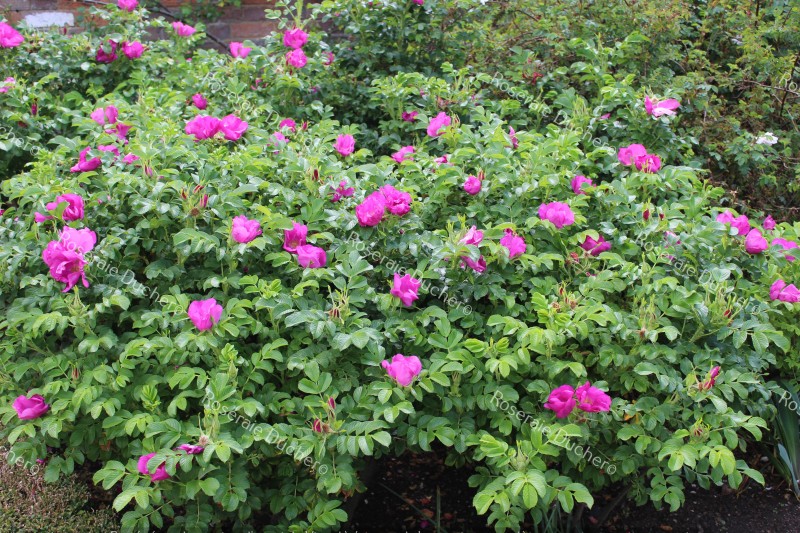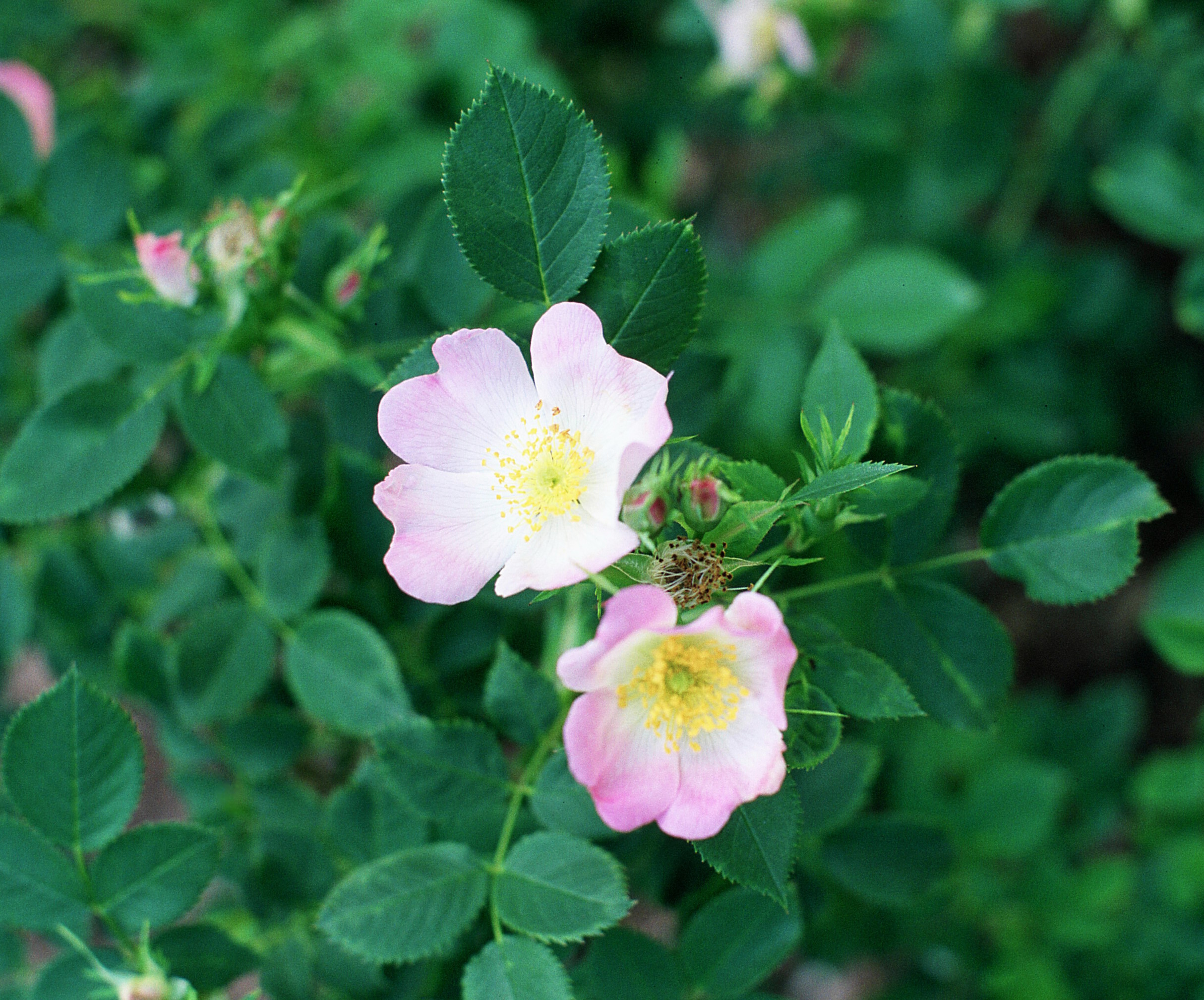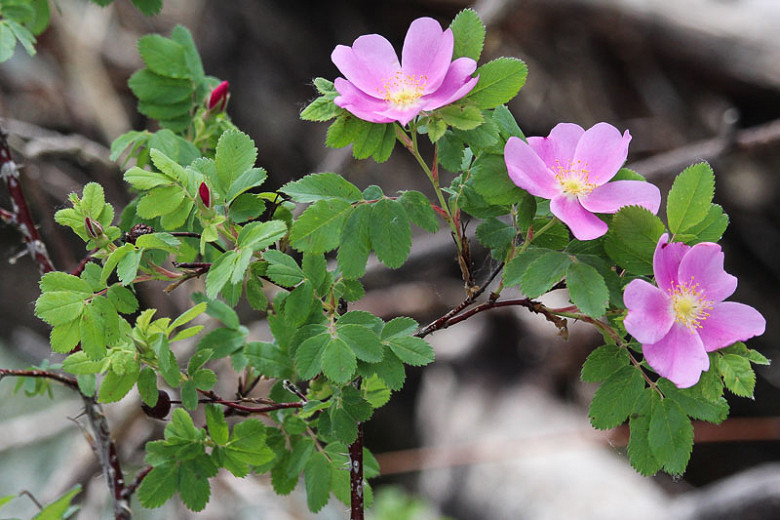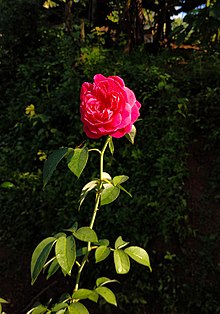Nearly Wild Rose: The Lowmaintenance Rose That Blooms All Summer
Title: Nearly Wild Rose: The Low-Maintenance Rose That Blooms All Summer
Introduction:
The Nearly Wild Rose is a beautiful and low-maintenance rose that is perfect for any garden. It blooms profusely from early summer to fall, and its single pink flowers have a sweet apple fragrance. Nearly Wild Roses are also relatively resistant to pests and diseases, making them a great choice for even the most novice gardener.
In this blog post, we will take a closer look at the Nearly Wild Rose. We will discuss its history, its characteristics, and its care requirements. We will also provide some tips on how to plant and maintain a Nearly Wild Rose bush in your own garden.
Main Content:
History: The Nearly Wild Rose was first introduced in 1941 by Brownell Nursery. It is a hybrid of the Dr. W. Van Fleet rose and the Leuchstern rose. Nearly Wild Roses are native to North America, and they can be found growing wild in many parts of the continent.
Characteristics: Nearly Wild Roses are relatively small shrubs, typically growing 2-3 feet tall and wide. They have dark green foliage and single pink flowers that measure about 3 inches in diameter. The flowers have a sweet apple fragrance and bloom profusely from early summer to fall. Nearly Wild Roses are also relatively resistant to pests and diseases.
Care Requirements: Nearly Wild Roses are relatively easy to care for. They prefer full sun and well-drained soil. They should be watered regularly, especially during hot, dry weather. Nearly Wild Roses do not require a lot of fertilizer, but they may benefit from a light application of fertilizer in the spring. They should be pruned in the spring to remove dead or diseased wood and to shape the bush.
Planting and Care Tips:
- Plant Nearly Wild Roses in full sun and well-drained soil.
- Water regularly, especially during hot, dry weather.
- Fertilize lightly in the spring.
- Prune in the spring to remove dead or diseased wood and to shape the bush.
- Protect from pests and diseases.
Conclusion:
The Nearly Wild Rose is a beautiful and low-maintenance rose that is perfect for any garden. It blooms profusely from early summer to fall, and its single pink flowers have a sweet apple fragrance. Nearly Wild Roses are also relatively resistant to pests and diseases, making them a great choice for even the most novice gardener.
If you are looking for a rose that is easy to care for and that will provide you with months of beautiful blooms, the Nearly Wild Rose is a great option.
Nearly Wild Rose is a hardy shrub rose that is known for its light pink flowers with yellow eyes. It is a repeat bloomer, meaning it will flower throughout the summer and fall. Nearly Wild Rose is also relatively easy to care for, making it a good choice for beginner gardeners.
If you are interested in learning more about Nearly Wild Rose, I recommend visiting Home Gardening. This website has a wealth of information about the plant, including its history, care requirements, and pest and disease resistance. You can also find photos of Nearly Wild Rose in bloom, as well as tips on how to plant and care for it in your own garden.
FAQ of nearly wild rose
- What is a Nearly Wild Rose?
A Nearly Wild Rose is a hybrid rose that is bred to resemble a wild rose. It has single, pink flowers that bloom from June until frost. Nearly Wild Roses are hardy and low-maintenance, making them a popular choice for home gardens.
- How do I care for a Nearly Wild Rose?
Nearly Wild Roses are relatively easy to care for. They prefer full sun and moderately moist, well-drained soil. They should be pruned in early spring to remove dead or diseased wood and to promote new growth. Nearly Wild Roses can tolerate drought once they are established, but they should be watered regularly during their first season in the ground. They can also be fertilized once a year with an organic, slow-release fertilizer.
- How long does it take for a Nearly Wild Rose to bloom?
Nearly Wild Roses typically bloom in their second year. However, they may bloom in their first year if they are planted in the spring and given proper care.
- How tall does a Nearly Wild Rose grow?
Nearly Wild Roses typically grow 3-4 feet tall. However, they can grow up to 6 feet tall in ideal conditions.
- Is Nearly Wild Rose resistant to pests and diseases?
Nearly Wild Roses are relatively resistant to pests and diseases. However, they may be susceptible to black spot, powdery mildew, and aphids. If you notice any signs of pests or diseases, you should treat them immediately with an appropriate pesticide or fungicide.
- Where can I buy Nearly Wild Rose?
Nearly Wild Rose is available at most garden centers and online retailers.
- What is the lifespan of a Nearly Wild Rose?
Nearly Wild Roses can live for many years with proper care. Some plants have been known to live for over 50 years.
Image of nearly wild rose
10 different images of nearly wild roses that are free to use:
- Rosa rugosa, also known as the rugosa rose, is a hardy rose that can be found in many parts of the world. It has large, double flowers that come in a variety of colors, including pink, red, and white.

- Rosa multiflora, also known as the multiflora rose, is a native North American rose that is often found in thickets and along roadsides. It has small, white flowers that bloom in clusters.
- Rosa blanda, also known as the prairie rose, is a native North American rose that is found in open meadows and prairies. It has single, pink flowers that bloom in early summer.

- Rosa arkansana, also known as the Arkansas rose, is a native North American rose that is found in moist woodlands and thickets. It has single, pink flowers that bloom in late spring or early summer.

- Rosa woodsii, also known as the woods rose, is a native North American rose that is found in mountains and forests. It has single, white flowers that bloom in late spring or early summer.

- Rosa canina, also known as the dog rose, is a native European rose that is found in hedgerows and woodlands. It has single, pink flowers that bloom in late spring or early summer.

- Rosa rubiginosa, also known as the sweetbrier, is a native European rose that is found in hedgerows and woodlands. It has single, pink flowers that bloom in late spring or early summer.

- Rosa gallica, also known as the French rose, is a native European rose that is found in meadows and fields. It has single, red flowers that bloom in late spring or early summer.

- Rosa centifolia, also known as the cabbage rose, is a native European rose that is found in gardens and parks. It has large, double flowers that come in a variety of colors, including pink, red, and white.

- Rosa damascena, also known as the damask rose, is a native Middle Eastern rose that is found in gardens and parks. It has large, double flowers that come in a variety of colors, including pink, red, and white.

Post a Comment for "Nearly Wild Rose: The Lowmaintenance Rose That Blooms All Summer"